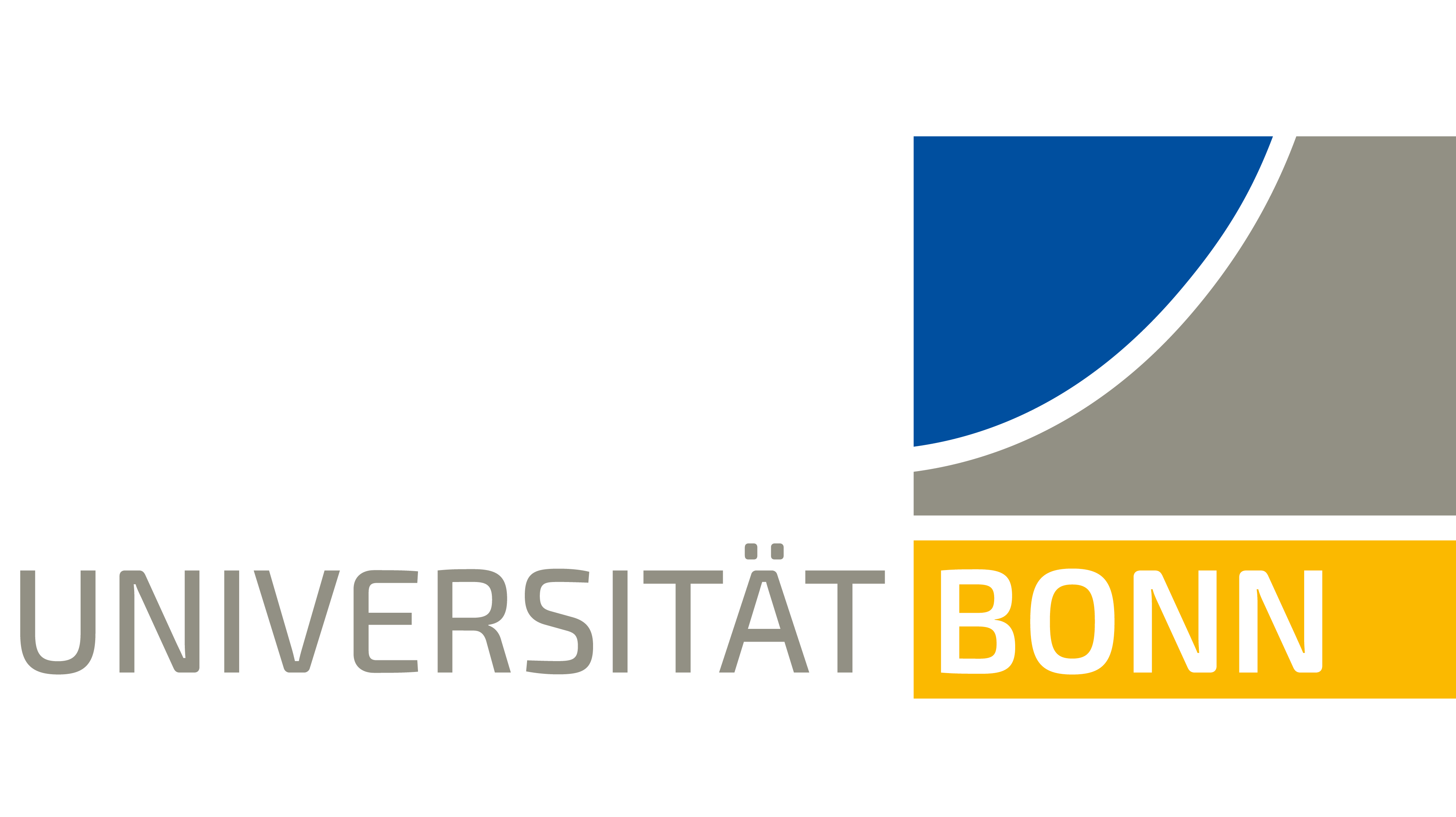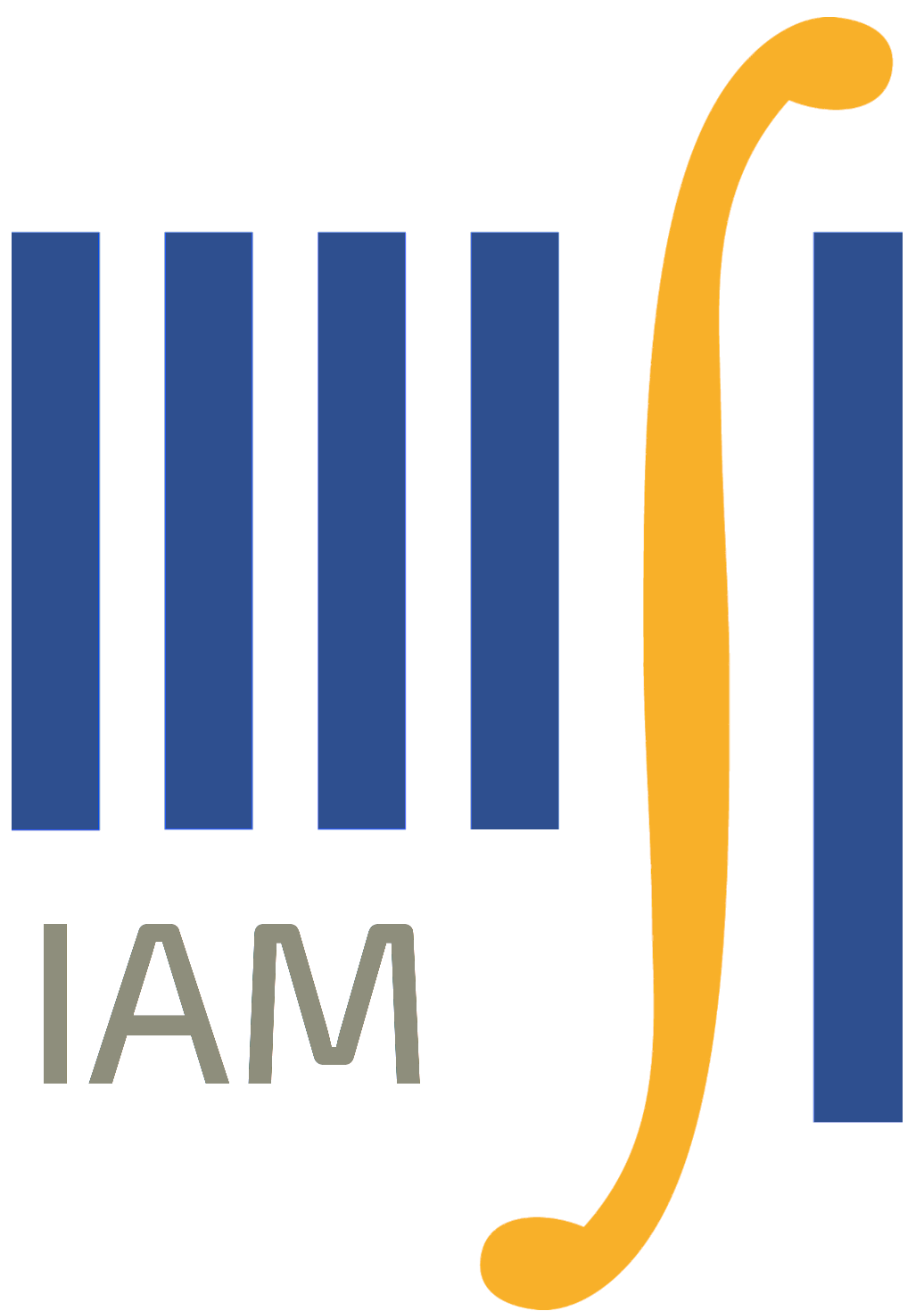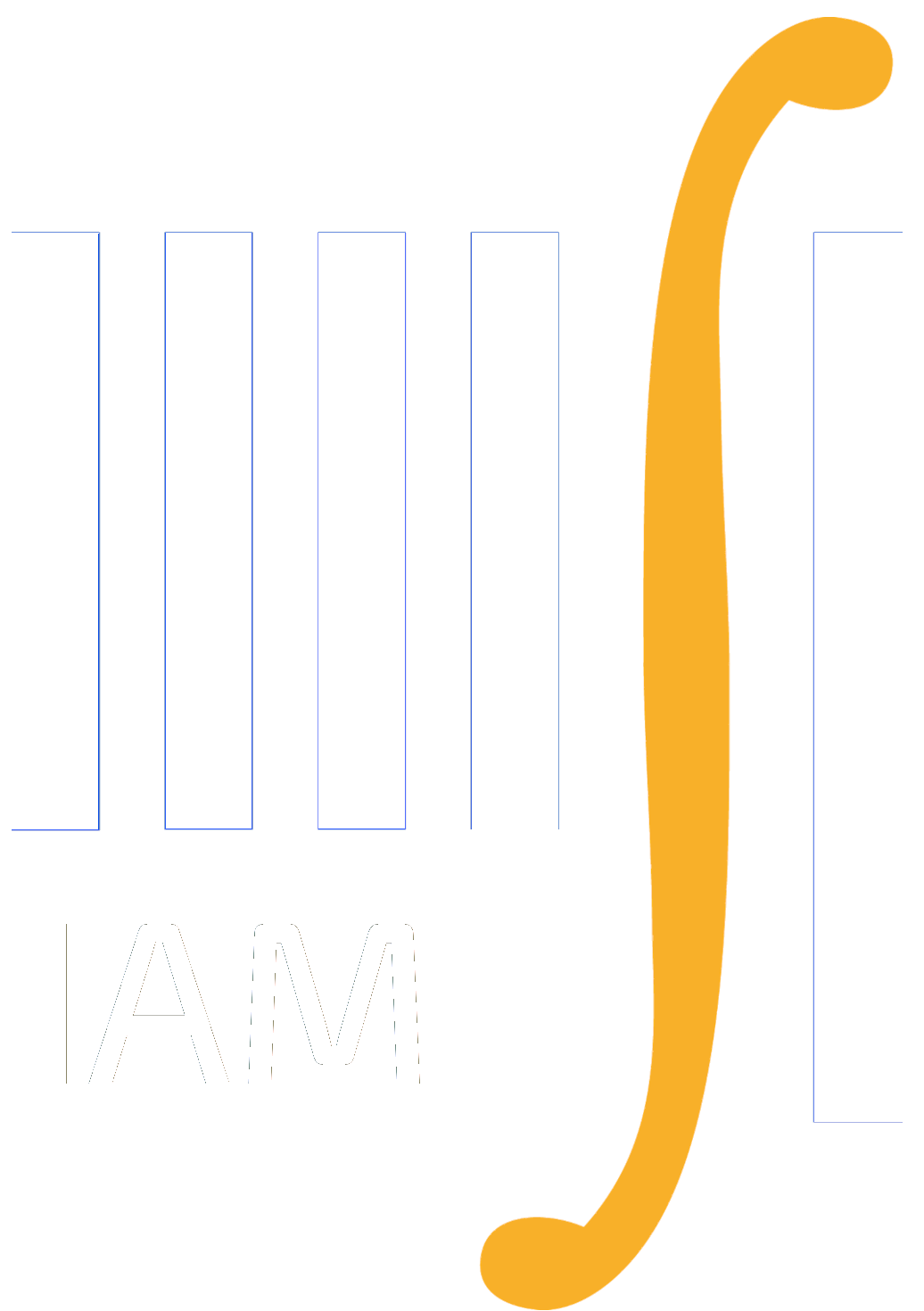Minicourses
Speaker: Apala Majumdar
Title: Nematic Liquid Crystals: A Playground for Mathematics and Applications
Abstract: Nematic liquid crystals are paradigm examples of soft materials and complex fluids. Nematics combine the fluidity of liquids with the orientational order of conventional solids i.e. they have distinguished special directions, referred to as “directors”. Consequently, they have a direction-dependent response to external fields and light, making them the working material of choice for the multi-billion liquid crystal display industry, along with new applications in microfluidics, actuators and the health sciences etc. The mathematics of nematic liquid crystals is broad and rich, spanning multiple branches of mathematics such as the calculus of variations, nonlinear partial differential equations, numerical analysis, topology, stochastic analysis and scientific computation. In the first lecture, we will survey the powerful Landau-de Gennes theory for nematic liquid crystals, the governing systems of nonlinear coupled partial differential equations and the theory of isotropic-nematic phase transitions. In the second lecture, we will discuss the applications of the Landau-de Gennes theory to recent experiments on self-assembled bacterial structures and to multistable liquid crystal devices. All collaborations will be acknowledged during the lectures.
Speaker: Elisabetta Rocca
Title: Optimal control problems in engineering and biology
Abstract: Optimal control and topological optimization with applications to biomedical
problems (e.g. models of tumor growth) and engineering problems (e.g. topological optimization in additive manufacturing) will be introduced. In both cases the phase-field method will be used in the modeling approach.
Speaker: Anja Schloemerkemper
Title: Modeling and analysis of magneto-viscoelastic materials
Abstract: Materials with magnetic, elastic or viscoelastic properties have a huge variety of technological applications. In this lecture series I will present mathematical results on materials that show a coupling of magnetic and elastic behavior. We will focus on the derivation of related systems of partial differential equations by means of variational techniques as well as on the analysis of such evolutionary systems.
Invited Talks
Maria Bruna, Phase separation in active Brownian particles
In this talk, I will discuss models for active matter systems consisting of many self-propelled particles. These can be used to describe biological systems such as bird flocks, fish schools, and bacterial suspensions. In contrast to passive particles, these systems can undergo phase separation without any attractive interactions, a mechanism known as motility-induced phase separation. Starting with a microscopic model for active Brownian particles with repulsive interactions, I will discuss four possible macroscopic PDEs (ranging from a nonlocal model to a local cross-diffusion system). I will then present recent work concerning the stability and analysis of such models.
Carolin C. Kreisbeck, Nonlocal variational problems: Structure-preservation during relaxation ?
Nonlocal variational problems arise in various applications, such as continuum mechanics, the theory of phase transitions, or image processing. Naturally, the presence of nonlocalities leads to new effects, and the standard methods in the calculus of variations, which tend to rely intrinsically on localization arguments, do not apply. This this talk addresses relaxation of two classes of functionals - double-integrals and nonlocal supremals. Our focus lies on the question of whether the resulting relaxed functionals preserve their structure. We give an affirmative answer for nonlocal supremals in the scalar setting, along with a closed representation formula in terms of separate level convexification of a suitably diagonalized supremand, and discuss results in the vectorial case. Regarding double-integrals, a full understanding of the problem is still missing. We present the first counterexample showing that weak lower semicontinuous envelopes fail to be double-integrals in general. On a technical level, both findings rely on a characterization of the asymptotic behavior of (approximate) nonlocal inclusions, a theoretical result of independent interest.
This is based on joint work with Elvira Zappale (Sapienza University of Rome) and Antonella Ritorto (KU Eichstätt-Ingolstadt).
A. Lamacz-Keymling, Overdamped limit of the Vlasov–Fokker–Planck equation: a variational approach
Coarse-graining is the procedure of approximating a complex system by a simpler or lower-dimensional one, often in some limiting regime. Rigorous proofs of such limits typically hinge on exploiting certain structural features of the equations such as variational-evolution structures, which, for instance, are present in gradient flows. In this talk we introduce and discuss such a variational structure arising from the theory of large deviations for stochastic processes. We show how in systems, which are characterized by a large deviation rate functional, passing to a limit is facilitated by the dual formulation of the rate functional, in a way that interacts particularly well with coarse-graining. Being closely related to classical variational methods for gradient flows, our approach is also applicable to systems with non-dissipative effects. As an example we use the technique to derive the large friction (overdamped) limit of the Vlasov–Fokker–Planck equation. The talk is based on a joint work with M. Hong Duong, Mark A. Peletier, Andre Schlichting and Upanshu Sharma.
C. Lienstromberg, Local strong solutions to a quasilinear degenerate fourth-order non-Newtonian thin-film equation
This talk is concerned with questions for existence and uniqueness of strong solutions to a degener-
ate quasilinear fourth-order non-Newtonian thin-film equation. Originating from a non-Newtonian Navier–Stokes system, the equation is derived by lubrication theory and under the assumption that capillarity is the only driving force. The fluid’s shear-thinning rheology is described by the Ellis constitutive law. We prove an abstract existence result for quasilinear parabolic problems of fourth order with Hölder-continuous dependence. This result provides existence of strong solutions to the non-Newtonian thin-film problem in the setting of fractional Sobolev spaces and little Hölder spaces. Uniqueness is proved by energy methods and by using the particular structure of the equation. The talk is based on a joint work with Stefan Müller, published in NoDEA 27 (2020).
Lucia Scardia, Nonlocal anisotropic energy-driven pattern formation
Nonlocal energies are continuum models for large systems of particles with long-range interactions. Under the assumption that the interaction potential is radially symmetric, several authors have investigated qualitative properties of energy minimisers. But what can be said in the case of anisotropic kernels? Motivated by the example of dislocation interactions in materials science, we pushed the methods developed for nonlocal energies beyond the case of radially symmetric potentials, and discovered surprising connections with random matrices, fluid dynamics, and Calderon-Zygmund operators. This is based on work in collaboration with Jose’ Antonio Carrillo, Joan Mateu, Maria Giovanna Mora, Luca Rondi and Joan Verdera.
T. Simon, Skyrmions and stability of degree 1 harmonic maps from the plane to the two-dimensional sphere
Skyrmions are topologically nontrivial patterns in the magnetization of
extremely thin ferromagnets. Typically thought of as stabilized by the
so-called Dzyaloshinskii-Moriya interaction (DMI), or antisymmetric exchange
interaction, arising in such materials, they are of great interest in the
physics community due to possible applications in memory devices.
In this talk, we will characterize skyrmions as local minimizers of a
two-dimensional limit of the full micromagnetic energy, augmented by DMI and
retaining the nonlocal character of the stray field energy. In the regime of
dominating Dirichlet energy, we will provide rigorous predictions for their
size and "wall angles". The main tool is a quantitative stability result for
harmonic maps of degree 1 from the plane to the two-dimensional sphere,
relating the energy excess of any competitor to the homogeneous H^2-distance
to the closest harmonic map.


